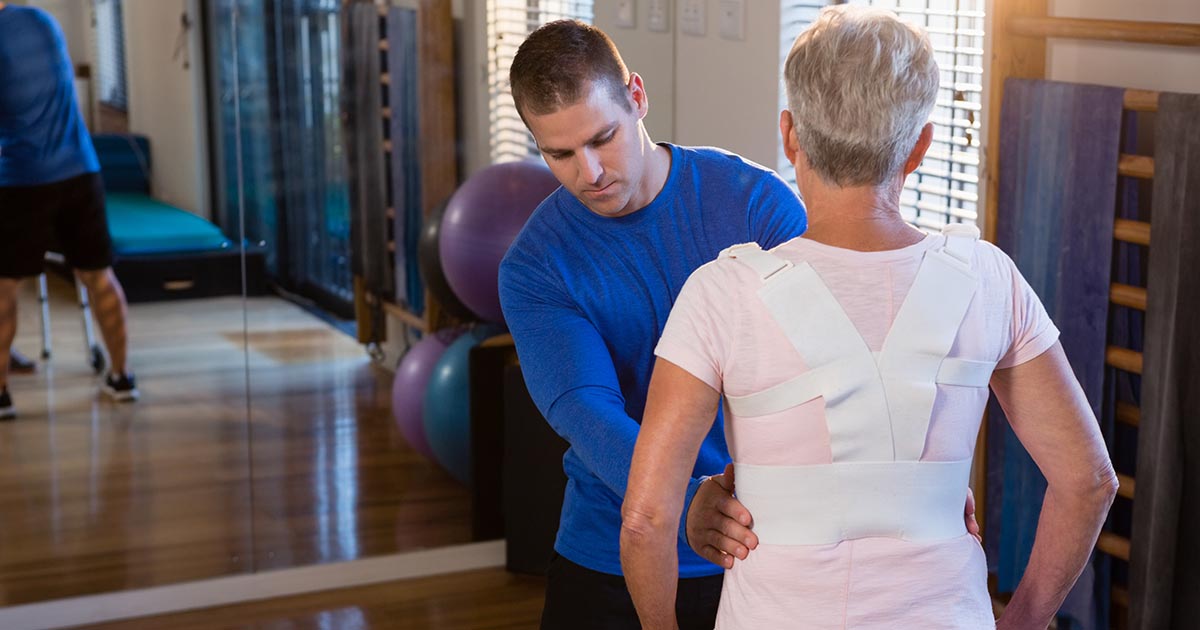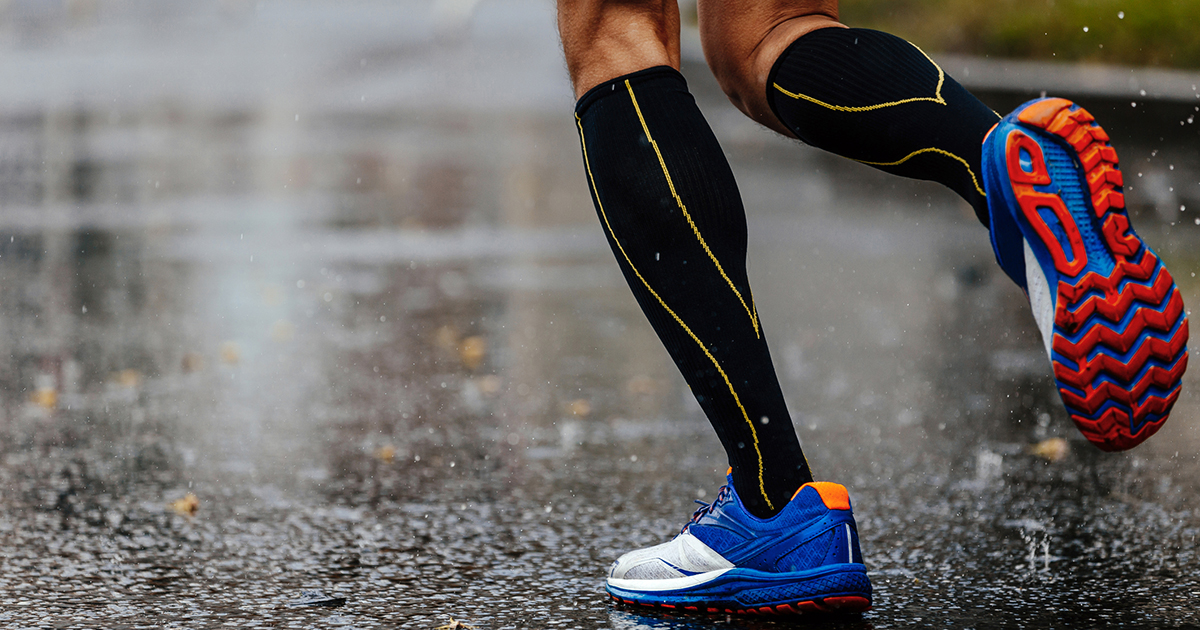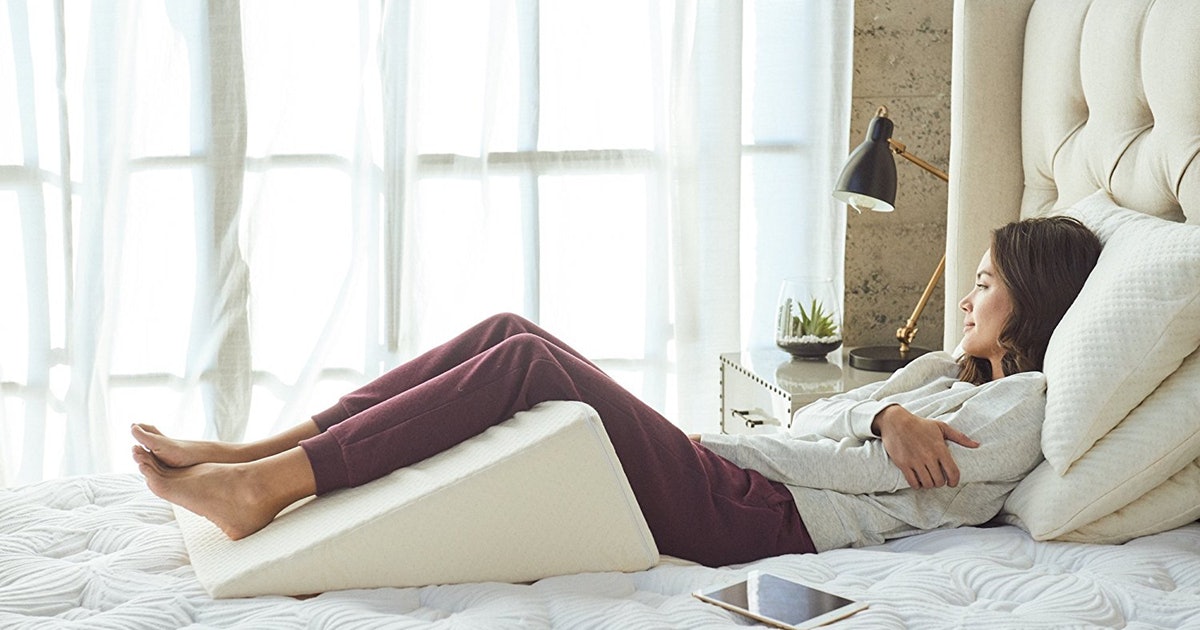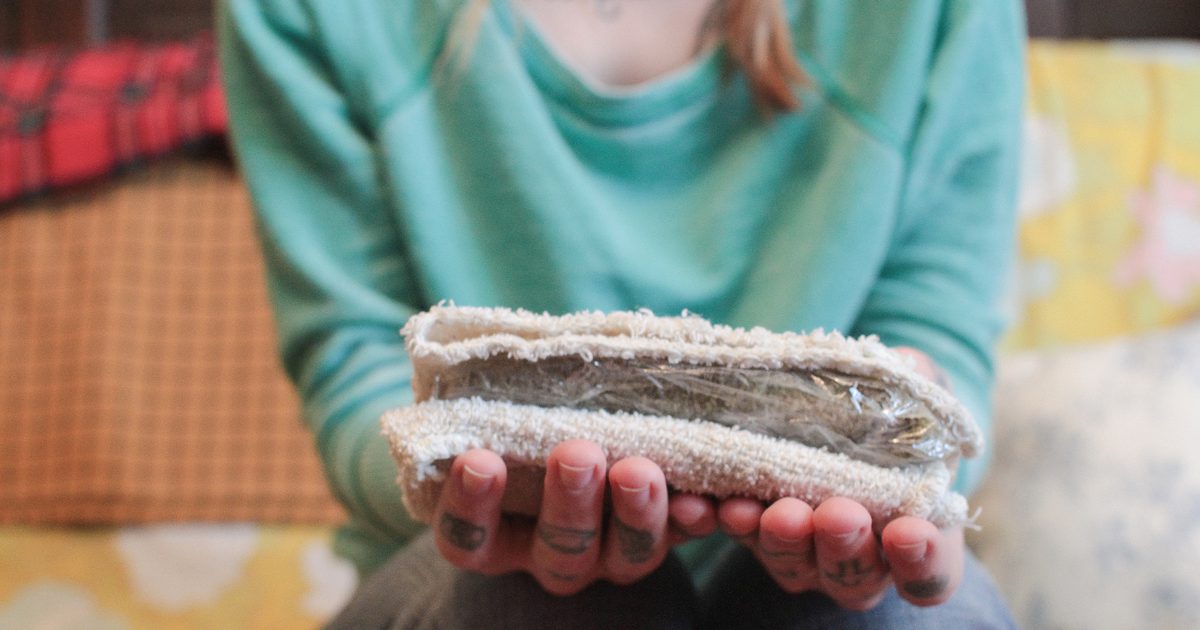How To Treat Phlebitis Efficiently
Phlebitis is a condition in which inflammation occurs in a vein. It is most likely to occur in older adults. With phlebitis, patients can feel a painful tenderness in the area where the inflamed vein is housed. In addition, they can feel warm and itchy in the area, which may appear red. Some cases of phlebitis have involved a low-grade fever. Different causes of phlebitis have been named such as an injury, surgery, infection, medications, and certain cancers. Phlebitis has also been linked to another condition called deep vein thrombosis, which is when a blood clot develops in the vein. Although no cure has been identified, there are several treatments available to patients.
Increase Walking

One way to treat phlebitis is to increase walking. As walking is a form of exercise, it is better to increase exercise frequency as well. Sources reveal phlebitis could potentially be caused by long periods of physical activity. The result of low levels of physical activity is reduced blood flow in the body, which can lead to blood clotting. Walking helps stimulate blood circulation, and it can be beneficial for patients who are overweight. Being overweight is another factor regarded in stimulating phlebitis.
Instead of sitting or lying down, individuals should try thinking of things that will keep them on their feet and moving around as much as possible. They should try to take a walk twice a day for at least thirty to forty minutes per session. While we recognize aerobic exercise is good for health, we also understand walking or simply standing up can cause more discomfort in patients with phlebitis. In cases like this, patients can speak with a medical professional.
Take Anti-Inflammatory Medication

Another way to treat phlebitis is to take anti-inflammatory medication. Since medications are considered a cause for phlebitis, some patients may be a little skeptical about taking them to treat the condition. A common recommendation from doctors is to use nonsteroidal anti-inflammatory drugs (NSAIDs) such as ibuprofen or naproxen, which are used to treat pain relating to various conditions. Something that may not be advised, however, is taking two anti-inflammatories simultaneously. This is because they could interfere with each other (e.g., ibuprofen could interact with acetylsalicylic acid). Combining medications like this can increase the risk of side effects such as abdominal ulcers, bleeding, and bruises. Patients should inform their doctor if they happen to come down with any side effects.
Wear Compression Socks

Phlebitis patients can ease symptoms easily by wearing compression socks. Compression can help improve blood circulation and prevent clotting. Compression socks work by putting pressure on the veins in the legs by squeezing the exterior layer, stimulating blood to flow upward into other areas of the body. In addition, compression socks can ease the swelling. If preferred, patients can use the socks while on a walk or performing other physical activities.
Several studies have documented the effectiveness of compression socks for treating venous issues like phlebitis. A study conducted in 2004 collected the results from patients with deep vein thrombosis, a closely related disease, over the course of five years. The patients wearing compression socks saw fewer adverse effects from deep vein thrombosis compared to those in the control group.
Elevate The Leg Or Arm

Standing up and sitting down for long periods is known to put pressure on leg veins. The veins are already working hard enough to keep the blood flowing throughout the body and from settling into the feet area. This is precisely why elevating the affected leg or arm is so beneficial.
Multiple techniques involve elevating the leg and arm. A common leg elevation technique is for patients to rest their legs against the wall while lying on their back. Their body will be positioned into a ninety-degree angle, meaning the butt should be against the wall. The legs should be raised at least six inches above the heart. Individuals can also try this using pillows. They should always ensure they are comfortable as the goal is to ease the pain not make it worse. For greater convenience, individuals can consider purchasing an elevation cushion.
Apply Warm Compresses

Phlebitis patients should apply warm compresses, preferably a wet rag, to the affected area. This is another way to reduce swelling and increase blood circulation, and on top of that, it provides pain relief. A 2017 study followed the effects of warm water compression on thirty-two patients with cases of phlebitis divided into two groups. One group was treated with NaCI compresses while the other group received warm water compresses. Seeing the results, researchers concluded both NaCI and warm water compresses were effective in treating phlebitis.
A different study conducted in 2012 saw heat therapy helped reduce the phlebitis-induced pain in twenty patients. Following treatment, the percentage of patients who experienced severe pain was zero while that of the patients suffering from moderate pain was significantly reduced. Use the warm compress several times per day. Multiple sources list ten minutes as to how long patients should apply pressure to the affected area. Patients may use a heating pad as well.
